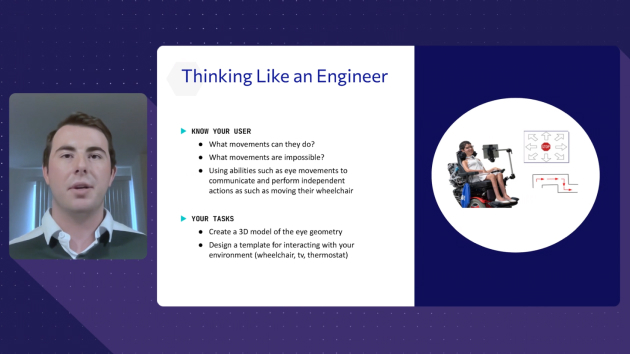Students are introduced to the history, development, and design features of Eye Tracking. The lab will specifically focus on the application of eye tracking in assistive technology that helps people with physical limitations. Students will make a mechanical model of an eye to understand how the computer sees the eye when performing eye tracking. Students will also make sketches of the eye/eye tracker’s geometry and derive trigonometric equations used to measure the eye’s pointing direction. Finally, students will work through a series of mazes using eye gaze to apply the ideas behind Life Drive into the classroom.
Students will:
- Analyze real-world problems and use critical thinking skills in order to solve them
- Explore developments in eye tracking technology.
- Understand how eye tracking can be used to help people with physical limitations communicate
- Design a model for an eye using the materials given.
- Use geometry to understand how a computer can track eye movement
- Explain the engineering process as it pertains to their design and reflect on opportunities to improve it.
- Understand that technology needs to be made with user experience in mind.
Carousel
Carousel-
Lab time commitment
80-100 minutes
(including 30-minute intro video) -
Lab materials
-
Live Q&A session and wrap up with
College Students & Professional Engineers
Classroom Tools & Resources
Get access to all of the presentation materials, workbooks and resources to run the Biomechanical Systems lab in your classroom.
Lab Intro Videos
Get our engineer’s introduction to the lab topic and learn more about the lab activity.
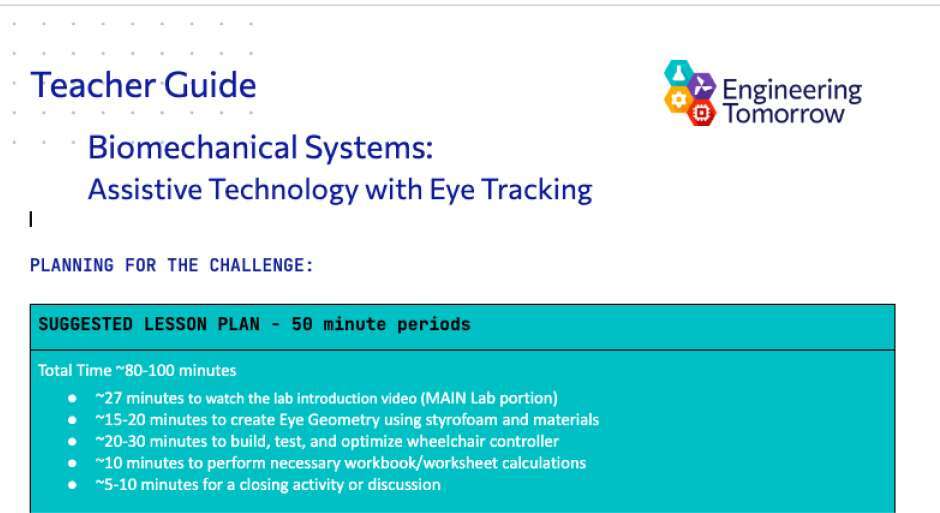
Teacher Guide
Pre-work, instructions and troubleshooting advice.
View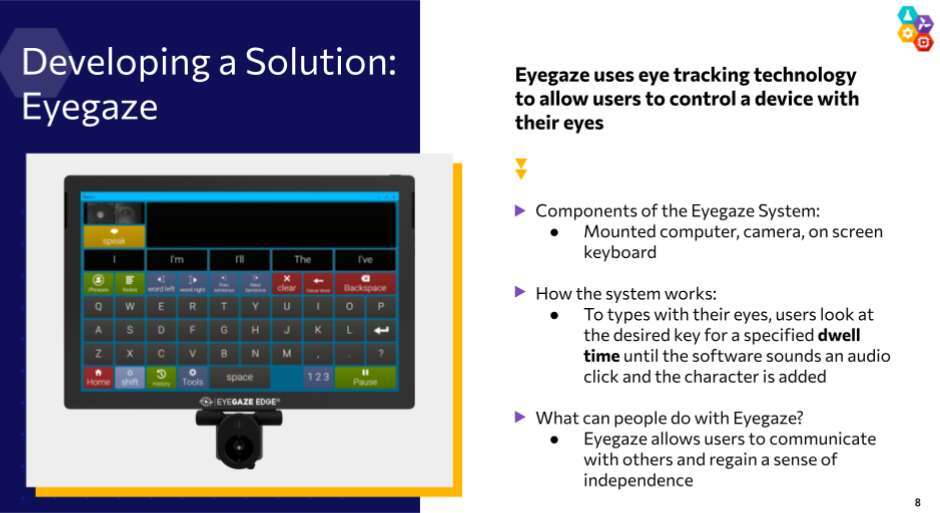
Student Workbook
Questions and assessments from the lab presentation.
View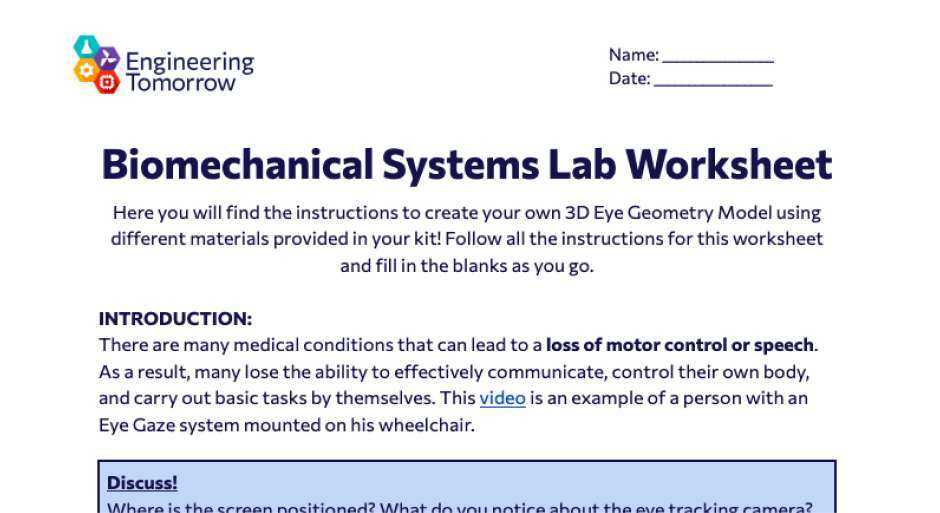
Abbreviated Student Worksheet
A worksheet containing major student lab activities.
View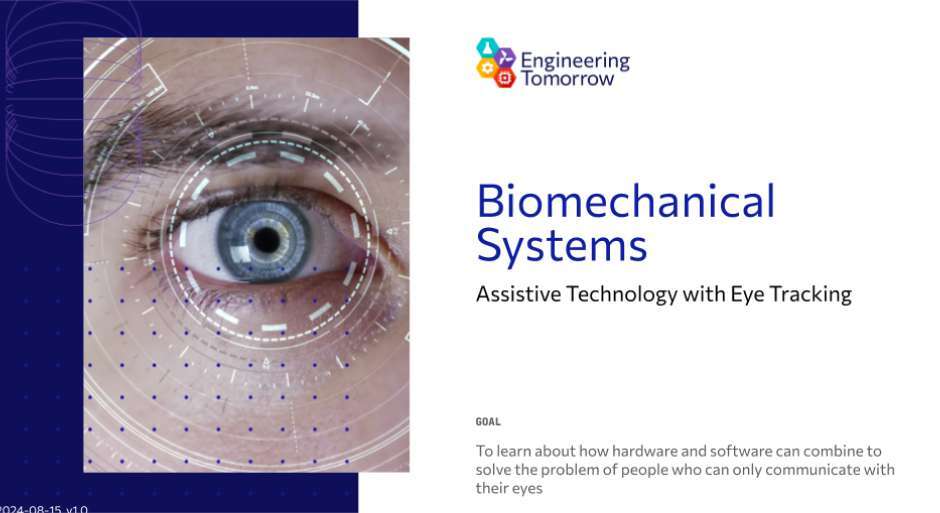
Engineer’s Presentation
Full lab presentation presented by our engineers.
ViewMeet the lab intro host
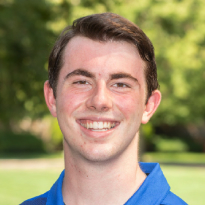
John Sexton
Founder & CEO, LifeDrive
John is the founder and CEO of LifeDrive, a company providing assistive technology solutions that allow disabled individuals to control their power wheelchairs with their eyes and voice. John is a Senior studying electrical engineering at the University of Notre Dame involved in the Grand Challenges Scholars Program.

John is the founder and CEO of LifeDrive, a company providing assistive technology solutions that allow disabled individuals to control their power wheelchairs with their eyes and voice. John is a Senior studying electrical engineering at the University of Notre Dame involved in the Grand Challenges Scholars Program.
WHY ENGINEERING TOMORROW

Labs are always conducted with no cost to schools, teachers or students.

Hands-on student activities get students excited and keep them engaged.

Cutting-edge instruction designed by professional engineers.

Unlock opportunities for kids all over the country.










